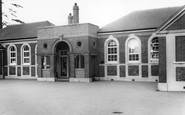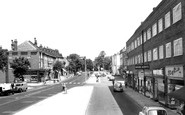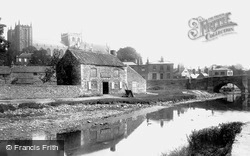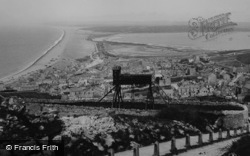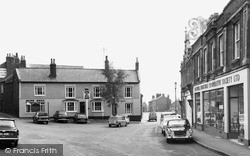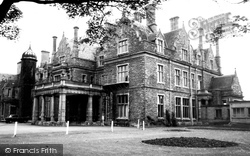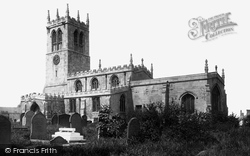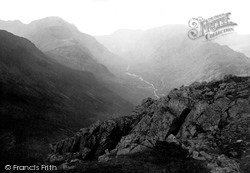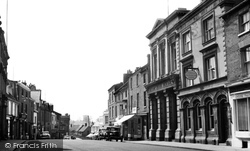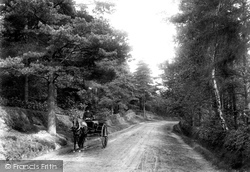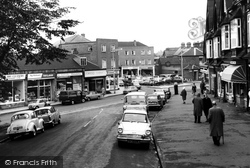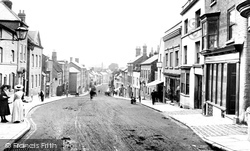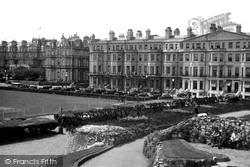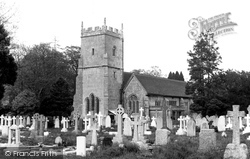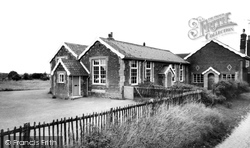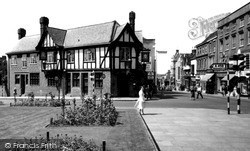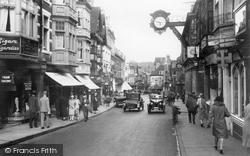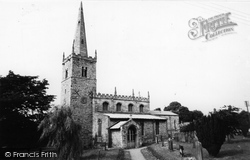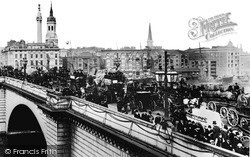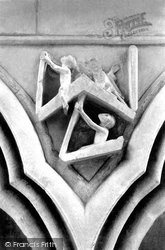Places
Sorry, no places were found that related to your search.
Photos
5 photos found. Showing results 761 to 5.
Maps
83 maps found.
Books
Sorry, no books were found that related to your search.
Memories
1,127 memories found. Showing results 381 to 390.
Happy Holidays In Woodingdean
From the age of 6 to 13 (1962-1969), I spent just about every summer holiday staying with two of my aunts in Woodingdean and what very happy memories I have of those times. Brighton Beach was obviously a favourite ...Read more
A memory of Woodingdean in 1962 by
Harborne Hall, High Halden, Kent 1969
Hello Linda. I came across your message while googling Harborne Hall. For six weeks in the summer of 1989 we rented the first floor flat in one wing of the house for I think about ten pounds a week. It was ...Read more
A memory of High Halden by
Harbury Warks
Hi, I am researching my family tree and am interested in finding anyone with the surnames Wells, Sheasby and Southam in the Harbury/Ladbroke area. Any information would be much appreciated. patbutler10@btinternet.com
A memory of Wrecclesham in 1946 by
Hard Times And Making Ends Meet
When I was a child, my parents got divorced before I reached the age of four, and I didn't meet my Father until several years later. Together with my Mother and my younger brother, we lived with my maternal ...Read more
A memory of Bolton Upon Dearne by
Hardham
Hardham was a place to bicycle to from Pulborough, and visit St. Botolph's Church. One of the many very very old churches in West Sussex. The drawings on the walls go back hundreds of years depicting the tortures of the early Christians, ...Read more
A memory of Hardham in 1964 by
Harrington Board School
This is a memory from my own childhood when my grandmother used to tell me about her life as a child mill worker. Born in 1885, she died when I was 8 years old, and I so much wish I had more details of who the real Fanny ...Read more
A memory of Oldham in 1890 by
Hassocks Primary School In The 1950s
I was at the school from 1948 until 1955, at which point the 11+ sent me to Hove County Grammar. Starting in 1948 in Miss Wood's class I ended with two years in the top class with Miss Nichols. In between I ...Read more
A memory of Hassocks by
Hatch End High School
In December 1995 the Harrow Arts Cuncil organised a festival of dancing at Hatch End High School and invited a dozen or more dance groups and schools to come along and provide a showcase of talent. It was fascinating to ...Read more
A memory of Hatch End in 1995 by
Hatch End Memories!!
I just stumbled across this site, and I had to post some of my memories here! I remember so much of Hatch End, (I'm going to run out of characters in this box - may have to add anther one). I remember Budgens and also ...Read more
A memory of Hatch End by
Have You Memories Of 1955?
Is there anyone reading this with memories of Barry Island in 1955? I am writing a book and two of my characters stay in a holiday cottage late summer of that year. Where can you suggest would be an area at that time ...Read more
A memory of Barry Island in 1955 by
Captions
1,233 captions found. Showing results 913 to 936.
In this view of the stone-walled canal basin we see the cathedral rising over the roofs, and the old arched bridge.
Its stones tend to be much larger at one end than the other. John Meade Faulkner immortalised the area in his famous smuggling novel 'Moonfleet'.
The road here is much busier today.
The round turret by the side of the main entrance with its ogee cap looks very much like a windmill tower.
Though St Peter's dates from Saxon times, it is believed that Hamelin Plantaganet might have also have rebuilt the church, as much of the stonework is 12th-century.
Its stones tend to be much larger at one end than the other. John Meade Faulkner immortalised the area in his famous smuggling novel 'Moonfleet'.
Much of this lovely valley is now cloaked under a blanket of conifers, as are so many of the Lake District dales.
Rodhouse's, a milliner's and draper's (extreme right), are still remembered with much affection in the town by the many ladies who bought their hats and bonnets there, made by the Misses
The lack of other vehicles meant that it probably didn't matter too much, but the driver of the horse and trap is apparently unaware of the 'keep left' rule of the road.
Although the area developed rapidly in the 19th century (the population was 3,375 in 1841 and increased to 9,721 in 1891), it has been a settlement for much longer.
The Globe Hotel (right) is now much extended, and has been renamed the Scarlet Pimpernel.
Taken from Station Approach, looking towards the village centre, this view is much the same today.
Beyond the wall there would have been more room to spread out, and so immediately the road becomes much wider.
The rendered range with its straight parapet is in marked contrast to the much more ornate Grand Hotel to its left.
Much of the town dates from between 1890 and 1939, and many of its residents were employed by the railway.
He did much of his early oral history recording in the village; this formed the basis of many books, including 'Ask the Fellows who Cut the Hay' in 1956.
Today the grass and beds full of flowers have been replaced by paving stones and beds with bushes planted in them instead - all very much easier to maintain.
Apart from the introduction of a pedestrianisation scheme and some new shop fronts, it remains much the same today.
The village lost its medieval church to bombs in World War II and has expanded much since the War, partly due to Lincoln’s proximity and partly to the RAF.
This five-arched granite structure was constructed in 1827 from the designs of John Rennie. Its excessive cost was once the talk of the city.
Sixty-five years on from photograph No 26547, and not very much has changed, save for the more abundant foliage, and Trumpington Street now echoing to the sound of cars!
The Battle of Powick Bridge took place nearby in 1642 and, more importantly, much of the action of the Battle of Worcester in 1651 took place on and around this site.
The Dean's chapel in the south quire transept has a 13th-century frieze of carvings in the spandrels of the arcading (that is, between the tops of the adjoining arches).
The cobbled Main Street, with The Sun Inn at the top, remains very much the same today.
Places (0)
Photos (5)
Memories (1127)
Books (0)
Maps (83)

